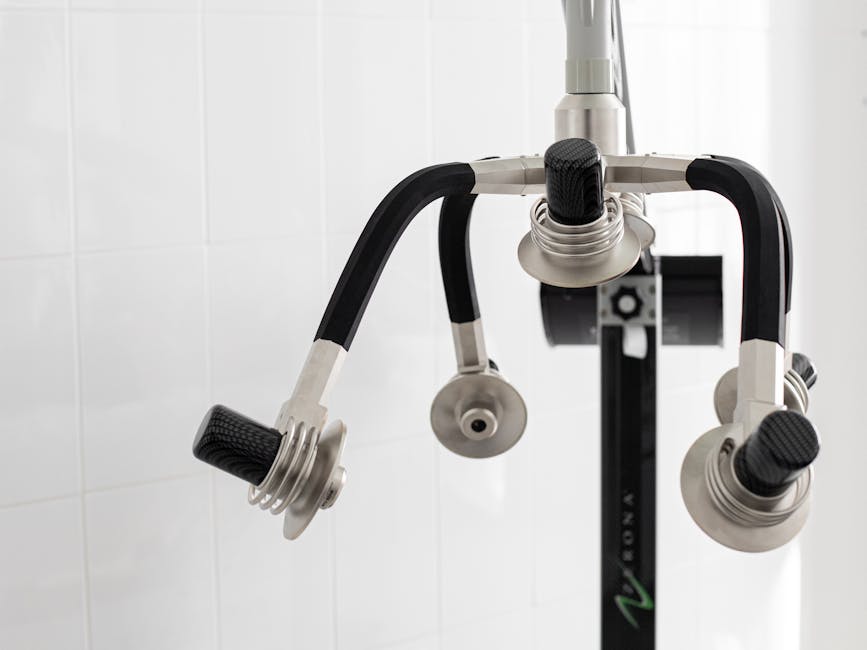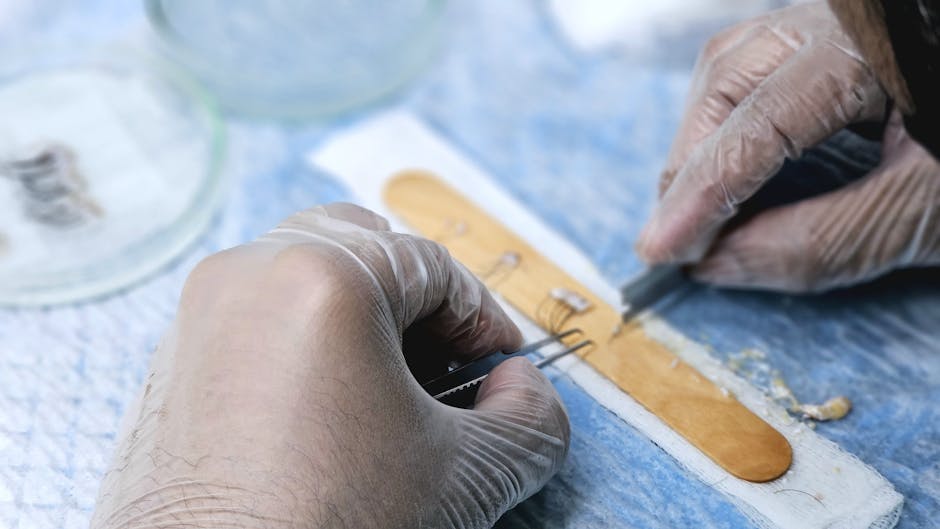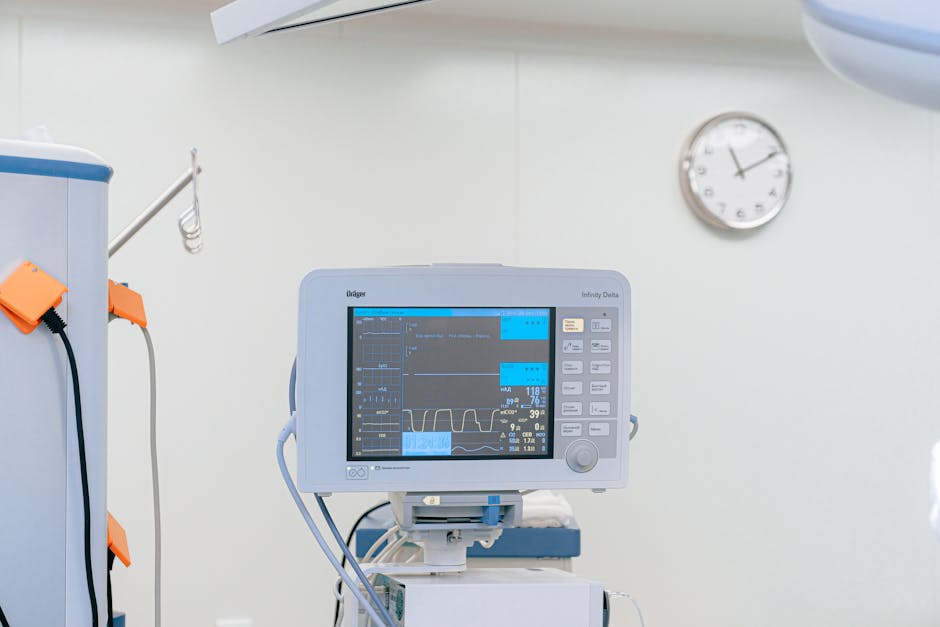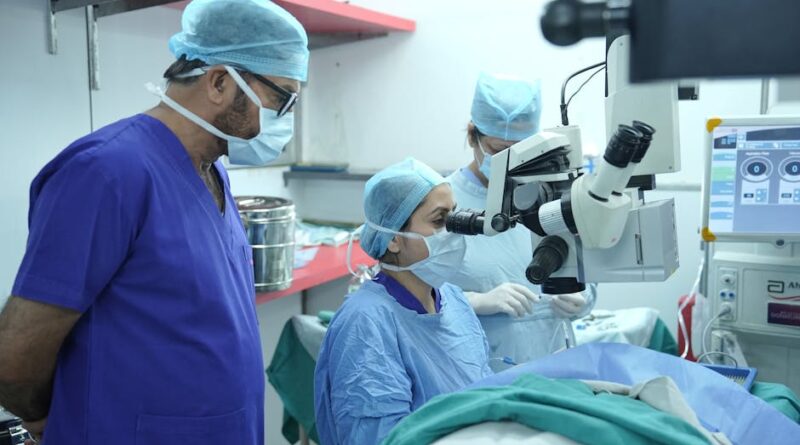Innovations in Cataract Surgery Techniques
Did you know that cataract surgery is one of the most common and safest surgeries performed worldwide? In fact, over 3 million Americans undergo this procedure each year! But just like any field, cataract surgery keeps evolving. New techniques are making surgery easier and recovery faster. Lets dive into these exciting innovations!
What Are Cataracts?

Cataracts are cloudy areas that form in the eyes lens. Think of them like a foggy window. Instead of seeing clearly, everything appears blurry. They can develop slowly over time, making it hard to notice at first. Many people will face this issue as they age. By the age of 75, approximately half of us will have cataracts. that’s a lot of foggy windows!
What Are the Traditional Cataract Surgery Techniques?

Traditionally, cataract surgery involved a few key steps:
- The eye was numbed using local anesthesia.
- A small cut was made in the eye.
- The cloudy lens was removed.
- A new, clear lens was inserted.
This method has been effective for many years. However, innovations are changing how we perform these steps!
What Are the New Techniques in Cataract Surgery?

Lets look at some of the latest advancements in cataract surgery. they’re not just improving outcomes but also enhancing the overall experience.
1. Femto-Cataract Surgery: A Laser Revolution
One of the most exciting innovations is femtosecond laser technology. This method uses a laser to perform some of the steps in cataract surgery.
Why is this important? The laser offers several benefits:
- Precision: Lasers create more accurate incisions than a blade.
- Less trauma: The surgery is less invasive, leading to faster healing.
- Improved outcomes: Many patients experience better vision post-surgery.
Imagine having a tool that cuts with the accuracy of a surgeons hand but with the steadiness of a machine. that’s what lasers do!
2. Advanced Intraocular Lenses (IOLs)
After removing the cloudy lens, surgeons replace it with an artificial lens called an intraocular lens (IOL). Recent innovations have introduced advanced IOLs that offer more than just basic vision correction.
There are now multifocal and accommodating lenses that can help patients see clearly at different distances.
- Multifocal lenses: These let you see near, far, and everything in between without glasses.
- Accommodating lenses: These adjust focus as your eyes move, mimicking natural vision.
These lenses can change a patients quality of life. No more fumbling for glasses!
3. Micro-Incision Cataract Surgery
Another breakthrough is micro-incision cataract surgery (MICS). This technique uses smaller cuts, which leads to quicker recovery times.
Why does this matter? Smaller incisions mean:
- Less pain for the patient.
- Fewer stitches needed.
- Reduced risk of infection.
it’s like choosing to use a tiny key instead of a big one. It works just as well but is less intrusive!
How Do These Innovations Impact Recovery?

Innovation isn’t just about how we perform surgery; it’s also about how quickly patients recover. With these new techniques:
- Many patients can return home the same day.
- Most people notice improved vision within days.
- Follow-up visits are often shorter and less frequent.
In essence, modern cataract surgery is becoming more convenient and comfortable!
What Are the Risks and Considerations?
While these innovations are impressive, it’s essential to acknowledge that all surgeries come with risks. Some potential complications include:
- Infection.
- Bleeding.
- Vision changes.
it’s crucial to discuss these risks with an eye doctor before deciding on surgery. They can help tailor the best approach based on individual needs.
What Do Experts Say About These Innovations?
Dr. Jane Smith, an ophthalmologist, shares, The advancements in cataract surgery are remarkable. We can now offer patients options that were unimaginable a decade ago. This means not just better vision but also happier patients.
Her insights reflect how the field continues to evolve, focusing on patient comfort and successful outcomes.
How Do I Know When to Consider Cataract Surgery?
So, when should you think about cataract surgery? Here are some signs:
- Your vision is blurry or cloudy.
- You struggle with night vision.
- Colors seem faded or muted.
- Everyday tasks, like reading or driving, become difficult.
If you notice these signs, talk to your eye doctor. They can help you evaluate whether it’s time for surgery.
Are There Any Lifestyle Changes After Surgery?
After cataract surgery, most people can return to their normal activities quickly. However, some adjustments may help your recovery:
- Avoid heavy lifting for a few weeks.
- Wear sunglasses outdoors to protect your eyes.
- Follow any specific instructions your doctor provides.
These simple steps can help ensure a smooth recovery and better vision!
What Is the Future of Cataract Surgery?
The future of cataract surgery looks bright! Researchers are continuously exploring new techniques and technologies. Innovations like gene therapy and even artificial intelligence may play a role in the future.
As we move forward, we can expect even more options that will enhance patient experiences and outcomes. Just like smartphones have evolved, so will eye care!
Key Takeaways on Innovations in Cataract Surgery
In summary, cataract surgery innovations are making a huge difference:
- Laser technology offers precision.
- Advanced lenses improve vision without glasses.
- Micro-incisions lead to faster recovery.
These advancements improve not just the surgery but the entire patient experience. If you’re experiencing cataracts, don’t hesitate to reach out to your eye doctor. They can guide you through your options.
Curious to learn more about eye health? Check out this informative article on [The Importance of Regular Eye Exams](https://www.aao.org/eye-health/tips-prevention/importance-regular-eye-exams).
Remember, your vision is precious. Stay informed and proactive about your eye health!



